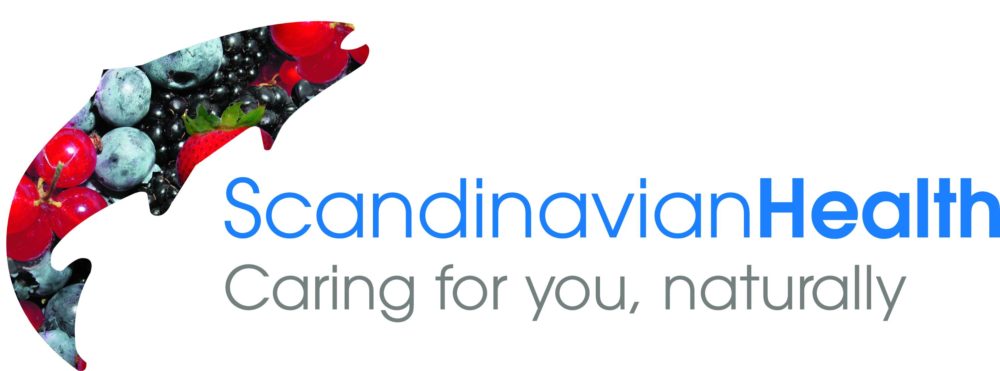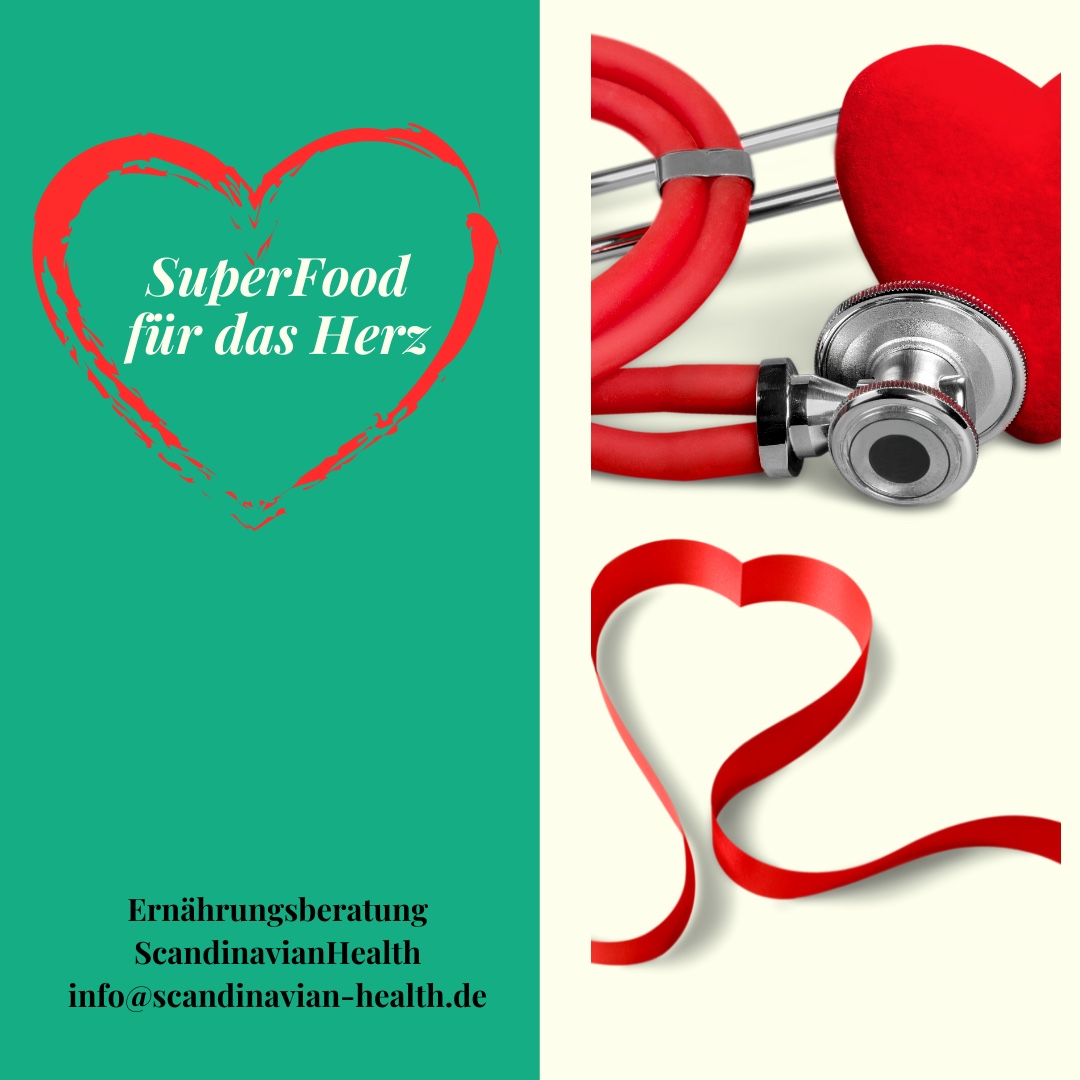11 SuperFoods für ein gesundes Herz
Cholesterinwerte, hoher Blutdruck und Entzündungsprozesse? Um das Risiko einer Herzerkrankung zu verringern, ist es wichtig, diese Faktoren zu kontrollieren. Wenn bei Ihnen kürzlich Bluthochdruck oder ein hoher Cholesterinspiegel diagnostiziert wurde, sollten Sie zunächst drei Monate lang eine mediterrane Diät ausprobieren, um zu sehen, ob Sie Ihre Gesundheit durch eine Ernährungsumstellung verbessern können. Die Mittelmeerdiät hat …



